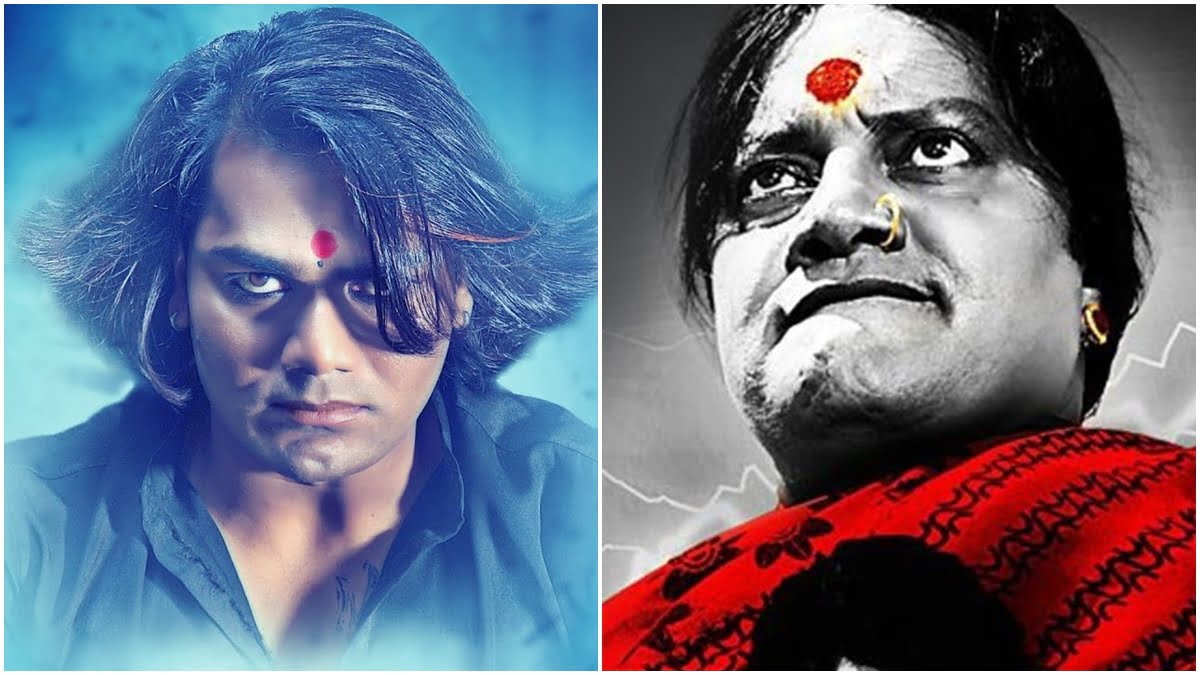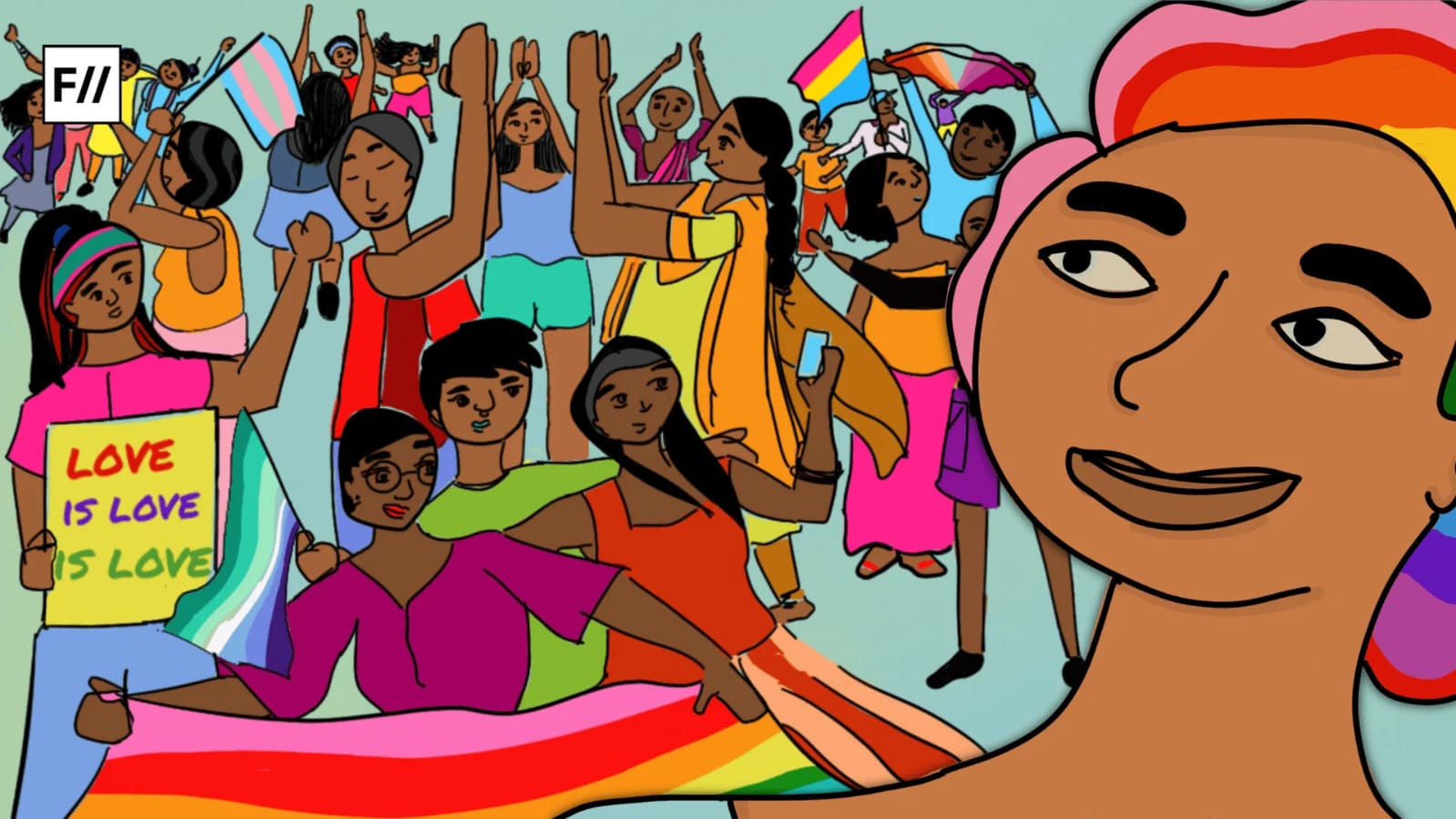As far as queer characters are concerned in the Indian cinema, there have been significant films in Malayalam, Tamil, Bengali, Hindi and Telugu. It is interesting to note that regardless of language, the representation of queer is somewhat similar across all regional films – the ones where the queer themes are sensitively handled and the others that are brimming with stereotypes. Of all the queer identities, it is the transgender people’s community that has been misrepresented by the Indian films over several decades. The transgender people’s characters are nonchalantly relished in most popular Indian films as poor substitutes to offer comedic relief or play the role of villains. This article reiterates the many ways that the Kannada films represents and misrepresents queer identities, especially the transgender persons’ community.
The transgender people’s community is nonchalantly relished in most popular Indian films as poor substitutes to offer comedic relief or play the role of villains. This article reiterates the many ways that the Kannada films represents and misrepresents queer identities, especially the transgender persons’ community.
Also read: Film Review Of Nagarkirtan: A Poignant Tale Of Queer Love And Identity
Kalpana (2012) is a mainstream Kannada comedy-horror film where the protagonist plays an effeminate man who identifies and tackles the mysterious ghost in the film. This perhaps is a problematic plot device because an effeminate person’s character is used sheerly as a prop to induce humour and in the process, contribute to the pre-existing eschewed image of an effeminate man, which further reinforces toxic masculinity.
Also, filmmakers negotiating with queer plots face many hurdles during the making process. This is evident in the Kannada film 141. Firstly, the filmmakers faced problems because the plot offended many fringe groups who raised objection against the story-line portraying a lesbian relationship between an Indian and a foreign white woman. It is the first film to have attempted to portray a lesibian relationship in the Kannada cinema and it had to be secretively produced. Secondly, the film has a typical melodramatic ending with the lesbian couple in the film sacrificing their love, so the Indian girl possibly marries a man that appeases the conservative Indian culture. On one hand, while venturing into queer-related themes is seemingly an audacious one in the Kannada film industry but, while trying to make a film edgy, the makers try to deliberately create a mystery around the queer central characters, which is problematic in the sense that it leads to further otherisation of the trans community.
Depicting their unwillingness and nonacceptance, the new-age Kannada films find tokenist ways to represent the trans people’s community by using cis-het men to play the trans person as the protagonist, nevertheless with a negative tinge to the characters. This is in addition to the Kannada film industry typecasting a trans person as a comical figure or a victim. This is true in the case of the film Haftha where the protagonist is a trans person and a sharpshooter, played by Vardhan Thirthahalli – a cis male actor. Interestingly, it seems to the director of the film, to use a trans person’s character as the protagonist was an attempt to decode the “mass movie success formulas” and not an attempt at inclusive representation. Speaking to Deccan Herald, he had said, “This is my first directorial venture, and I wanted to work on a film which left an impact on the viewer’s minds. Though there are many mass movie success formulas, I wanted to follow a different pattern. The film doesn’t show transgenders the way they are often portrayed. “I have boosted them as heroes and given a lot of energy to the characters”
Clearly, the cliché never fails to cease the celluloid. The misrepresentation of trans people seems to be largely a result of how directors of these films are not part of the queer community and assume cis-gender people as the only audience. As a result, the trans people’s characters (and I cannot emphasise enough on how these roles are taken up by cis-gender actors) are made space for by casting them as loud energy-filled superheroes. Not only does this not showcase the reality of the trans community and other queer groups, but also further feed the stereotypes of the larger audience.
Nikki Reitz in her scholarly work The Representation of Transwoman in Film and Television reveals that the term trans is merely an adjective and is limited to only one dimension of the transgender people. There is more to the life of a trans person and the stories on-screen must reflect ‘realness’ as opposed to the many fixed axiom of queer qualities. One of the ways the filmmakers can get closer to representing ‘realness’ is by offering opportunities to talented queer people to depict queer experiences that are essentially sans-stereotype. This allows the audience to relate to queer communities better and allows queer communities to better identify themselves with queer icons on screen, thereby creating a positive milieu for various gender identities.
Also read: TransVision: Breaking Stereotypes And Myths Around The Transgender Communities
About the author(s)
Meghana H. R. is a research scholar at Department of Communication, Bangalore University and Assistant Professor at College of Journalism and Mass Communication at a private university in Bangalore. She identifies herself as a work-in-progress-feminist who is relearning the notions of gender which are intensely woven into the social fabric of Indian culture. Her research interests span through Anthropology, Media Theories, Gender Studies, Semiotics and Popular Culture. She is optimistic and believes that the world can be a better place simply by being kind to fellow earthlings.




